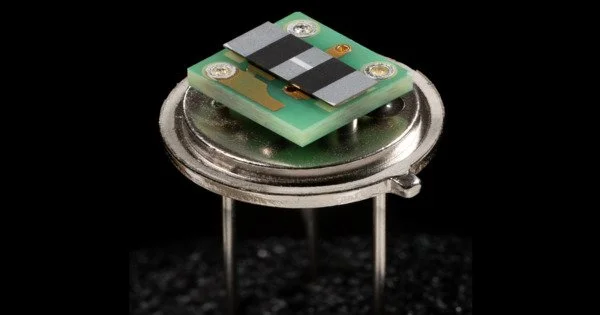Pyroelectricity is a phenomenon in which certain materials generate an electrical charge when they are heated or cooled. It is a property of certain crystals which are naturally electrically polarized and as a result contain large electric fields. This occurs because the heating or cooling of the material causes a rearrangement of the charges within the material, creating a separation of positive and negative charges that results in a net electric dipole moment.
Pyroelectric materials include crystals such as quartz, tourmaline, and lithium tantalate, as well as certain polymers and ceramics. These materials are often used in sensors and detectors, particularly in applications where it is necessary to detect changes in temperature or infrared radiation.
Pyroelectricity can be described as the ability of certain materials to generate a temporary voltage when they are heated or cooled. The change in temperature modifies the positions of the atoms slightly within the crystal structure, so that the polarization of the material changes. This polarization change gives rise to a voltage across the crystal. If the temperature stays constant at its new value, the pyroelectric voltage gradually disappears due to leakage current. The leakage can be due to electrons moving through the crystal, ions moving through the air, or current leaking through a voltmeter attached across the crystal.
The pyroelectric effect has a number of practical applications, including the development of motion detectors, fire alarms, and temperature sensors. It is also used in scientific instruments such as infrared spectroscopy and in the study of crystal structures. It is worth noting that pyroelectricity is distinct from the related phenomenon of piezoelectricity, which involves the generation of an electric charge in response to mechanical stress or strain.
Application
Pyroelectric materials are used in a variety of applications, including sensors, detectors, and infrared cameras. When a pyroelectric material is exposed to infrared radiation, it generates a voltage that can be measured and used to detect the radiation.
Some common examples of pyroelectric materials include certain crystals such as quartz, tourmaline, and lithium tantalate, as well as certain polymers and ceramics. The properties of these materials make them useful in a variety of applications, including thermal imaging, gas sensing, and energy harvesting.
















